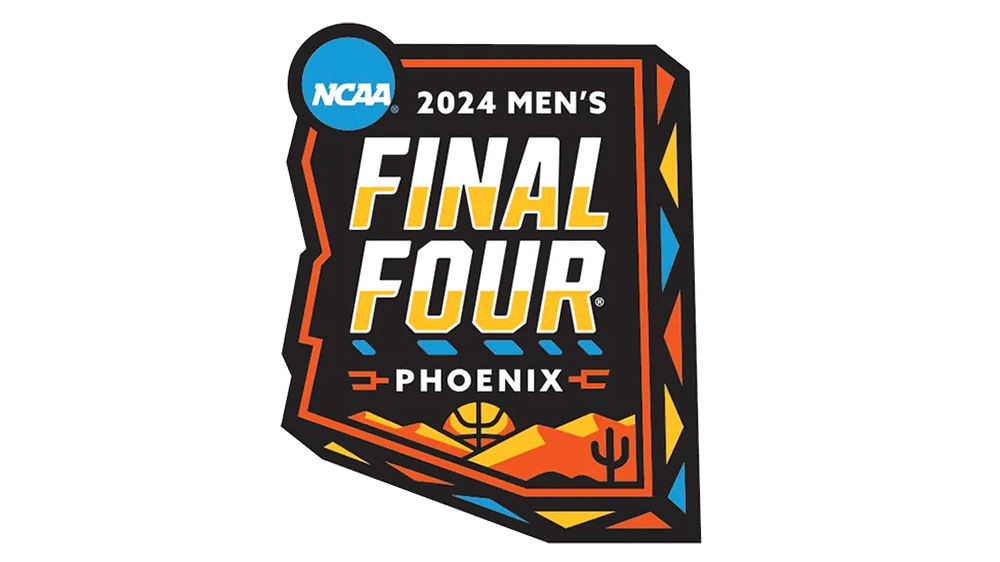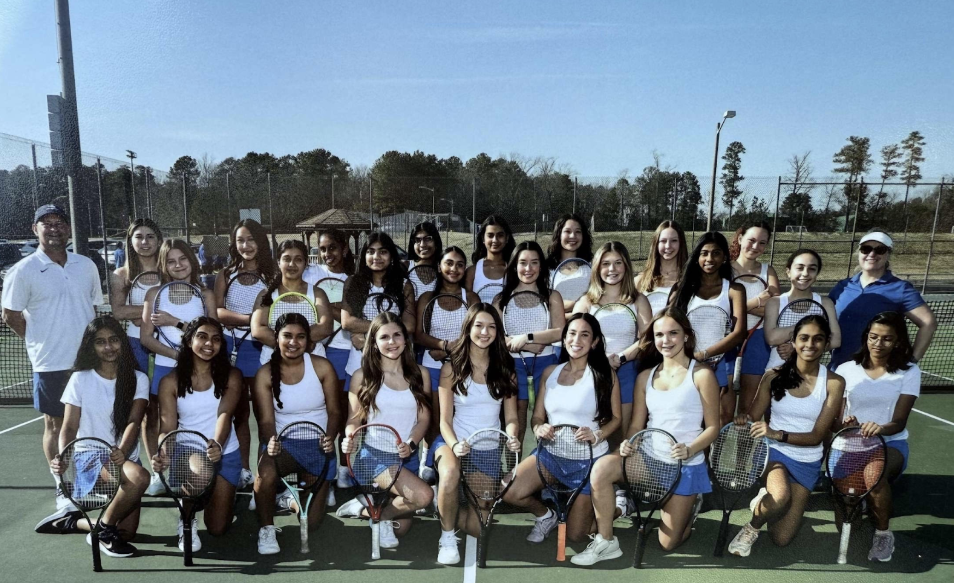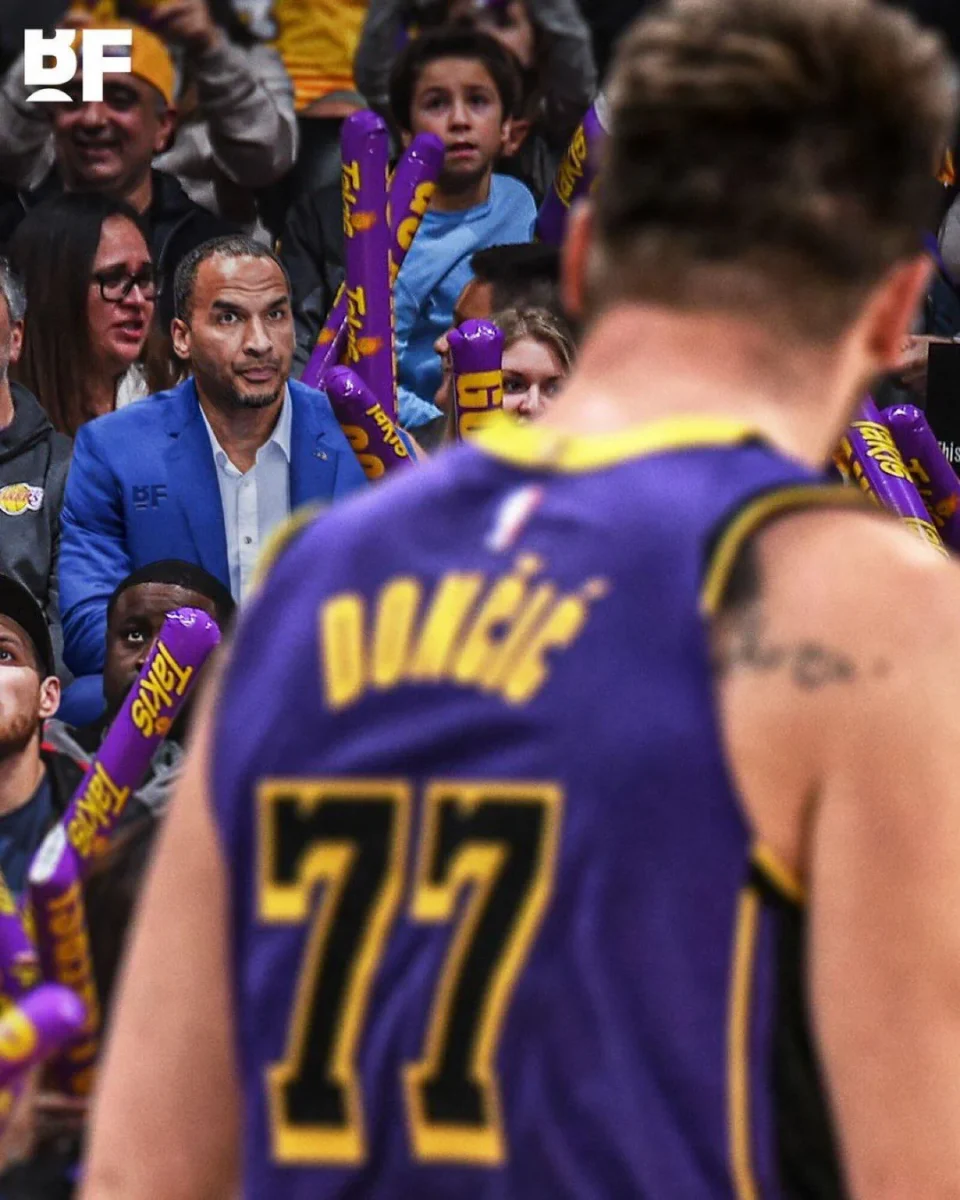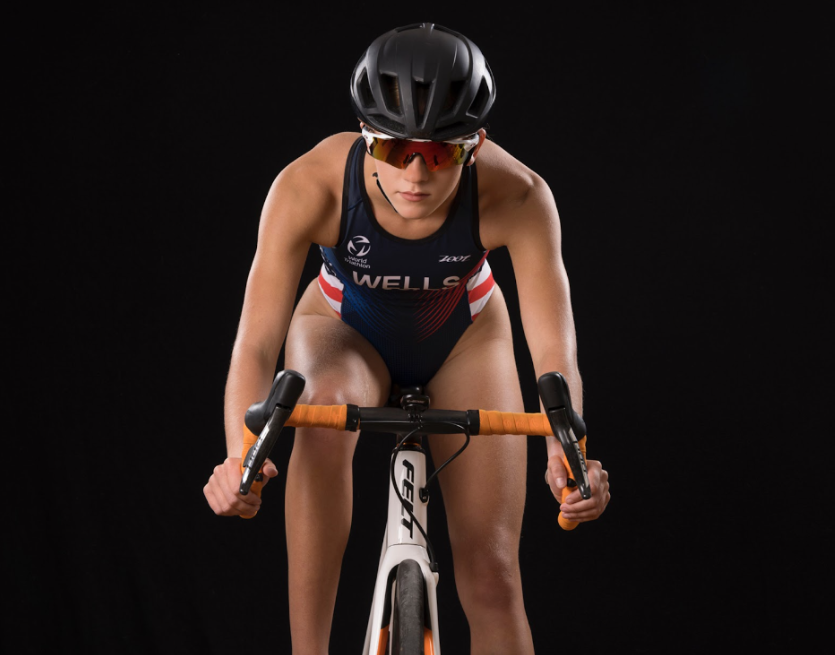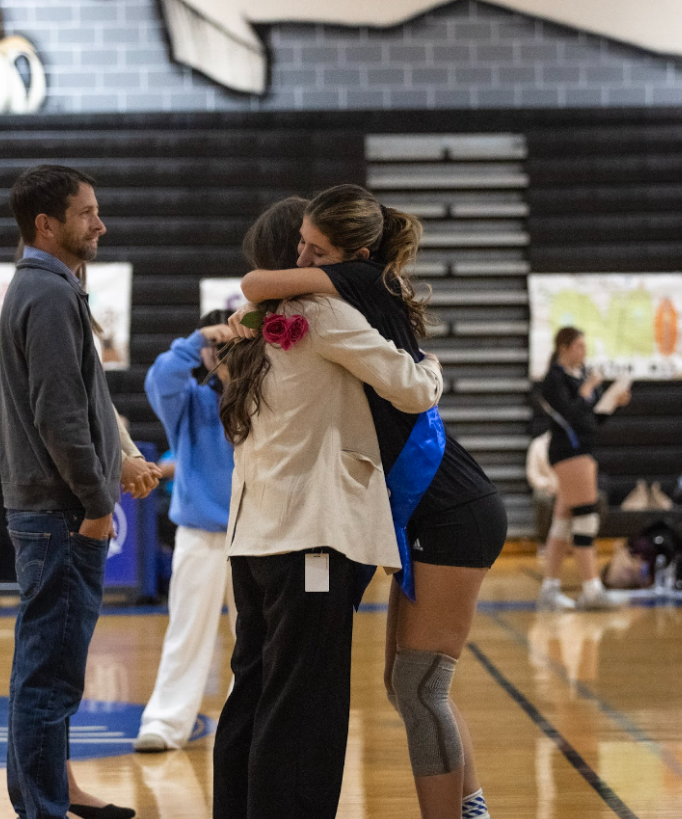March Madness, NCAA’s end-of-season basketball tournament, is one of the most popular sporting events in the world. According to AP News, the men’s tournament is averaging 9.4 million viewers per game, up from previous years, and, according to ESPN, the women’s Final Four averaged 10.8 million viewers across the two games, which shattered all previous women’s basketball viewership records. The tournament includes 68 teams, eight of which play in the final games of the tournament.
The men’s Final Four was made up of everything that you could have asked for: two number one seeds, Purdue University and University of Connecticut (UConn), a newcomer in the University of Alabama, and a Cinderella story in NC State. Most people picked UConn to reach the Final Four since they are the defending champions, and some were skeptical of Purdue after last year’s loss to 16-seeded Fairleigh Dickinson University. However, Alabama and NC State were not favored to reach the final four. Alabama made their first ever final four appearance and NC State had to win nine straight games in the ACC Tournament and March Madness to get there.
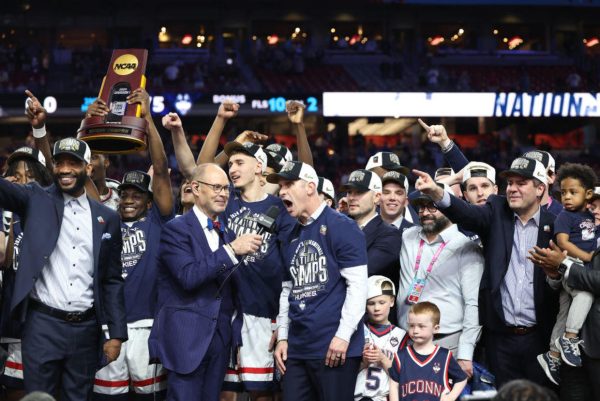
UConn repeated as champions as they defeated Purdue 75 to 60 to become the first back-to-back national champions since the University of Florida in 2007. Purdue center Zach Edey scored 37 points in the championship game, however, it was not enough to overcome the reigning champions.
The best game of the tournament came in the Round of 32 between the third-seeded Creighton University against the 11-seeded University of Oregon. Creighton defeated Oregon 86 to 73 in double overtime, despite the best efforts of Oregon guard Jermaine Cousinard, who scored 32 points and hit the game-tying shot in overtime.
There were two massive upsets this year, which came from NC State reaching the final four and the University of Oakland (which is in Michigan) defeating the third-seeded University of Kentucky 80 to 76 in the Round of 64. Senior guard Jack Gohlke scored 32 points against Kentucky, shooting 50 percent from three. The two teams would then go on to play in the Round of 32, where NC State defeated Oakland 79 to 73 in overtime.
On the women’s side of March Madness, the final four consisted of two number one seeds, the University of Iowa and the University of South Carolina, and two three seeds, UConn and NC State. South Carolina defeated NC State 78 to 59 in a game where South Carolina dominated the whole second half. UConn and Iowa put on the game of the tournament where Iowa defeated UConn 71 to 69. However, controversy was at the forefront of this game when UConn forward Aaliyah Edwards was called for an offensive foul with 3.9 seconds remaining.
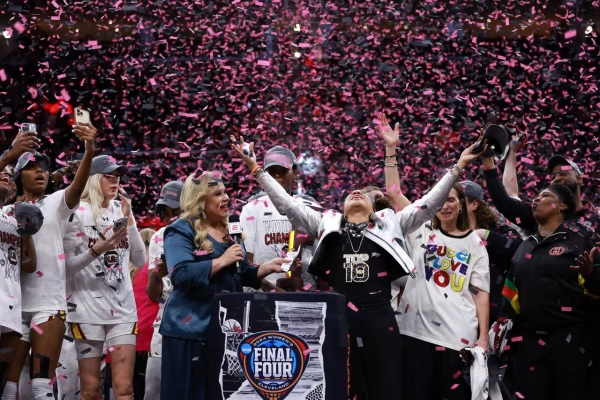
South Carolina defeated Iowa in the National Championship 87 to 75. Iowa guard Caitlin Clark, who won the Naismith Women’s College Player of the Year and was just selected first overall by the Indiana Fever in the WNBA draft, scored 30 points, but it was not enough to defeat the undefeated juggernaut of South Carolina. South Carolina won the game on the glass, out rebounding Iowa 51 to 29, led by six-foot-seven center Kamilla Cardoso who had 17 rebounds alongside 15 points. The win was Coach Dawn Staley’s third national championship, making her the first Black coach in all of college basketball to win three national championships and lead her team through an undefeated season.
The women’s March Madness almost overshadowed the men’s tournament, especially in the later rounds. The men’s tournament shines in the earlier rounds because the teams are more leveled overall, however, the star players shined more in the later rounds of the women’s tournament. The men’s tournament had 11 first round upsets, by seed, while the women’s tournament only saw one first round upset. The men’s final four had lackluster games while UConn versus Iowa came down to the final seconds. Both tournaments made for an overall entertaining March Madness tournament.

